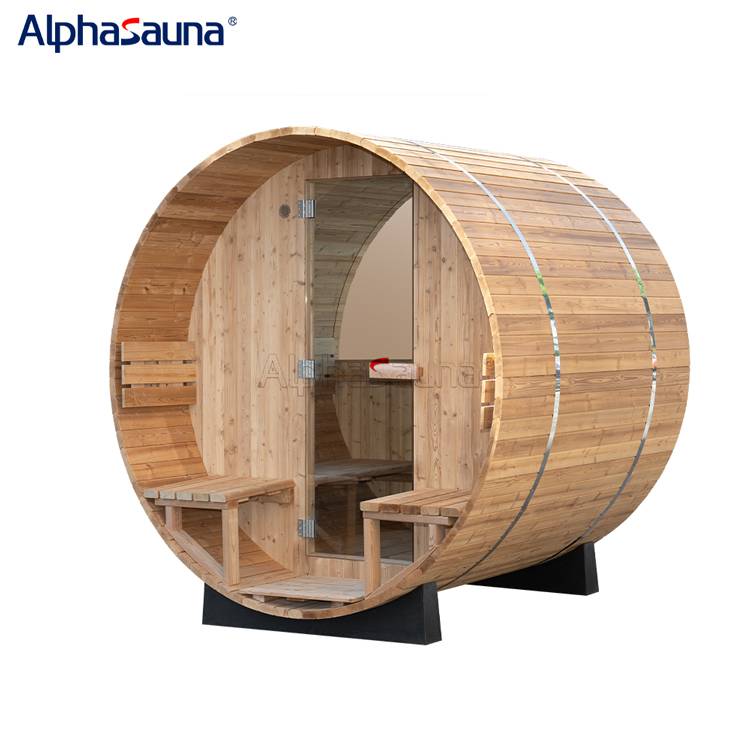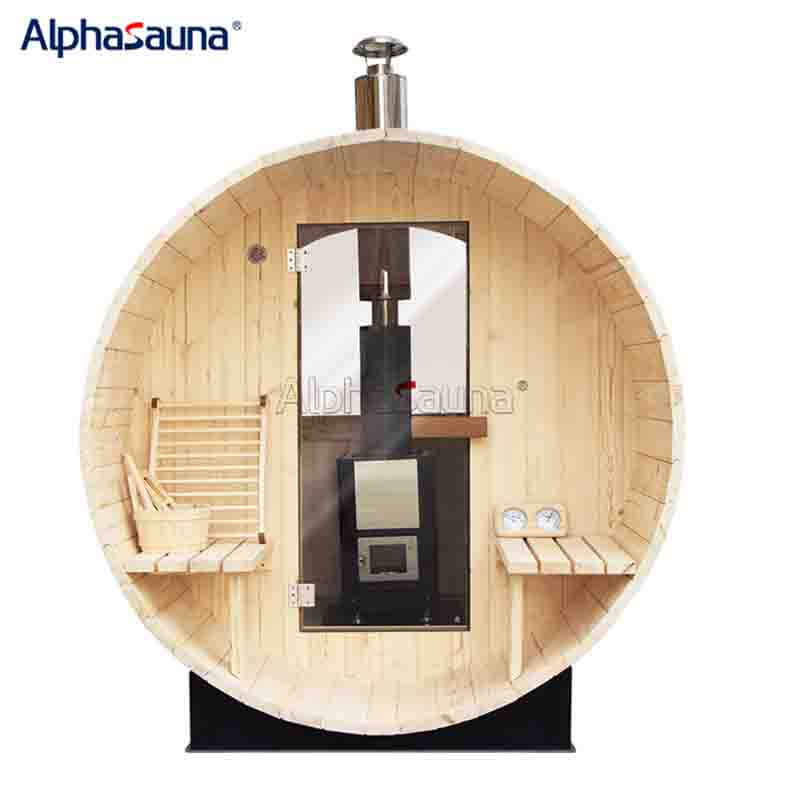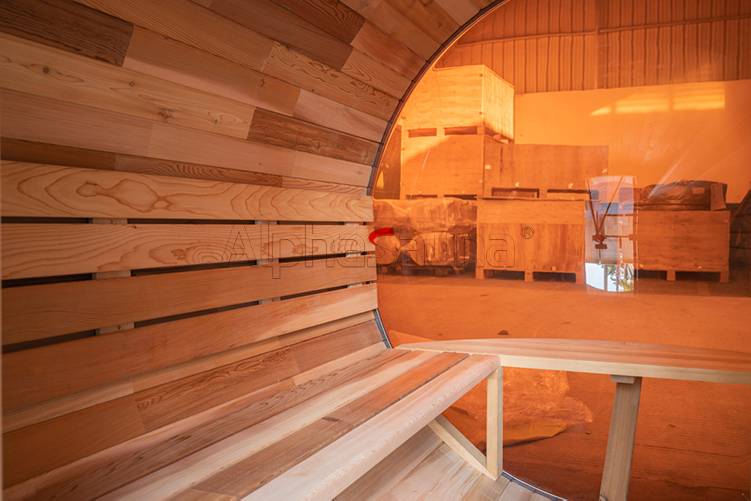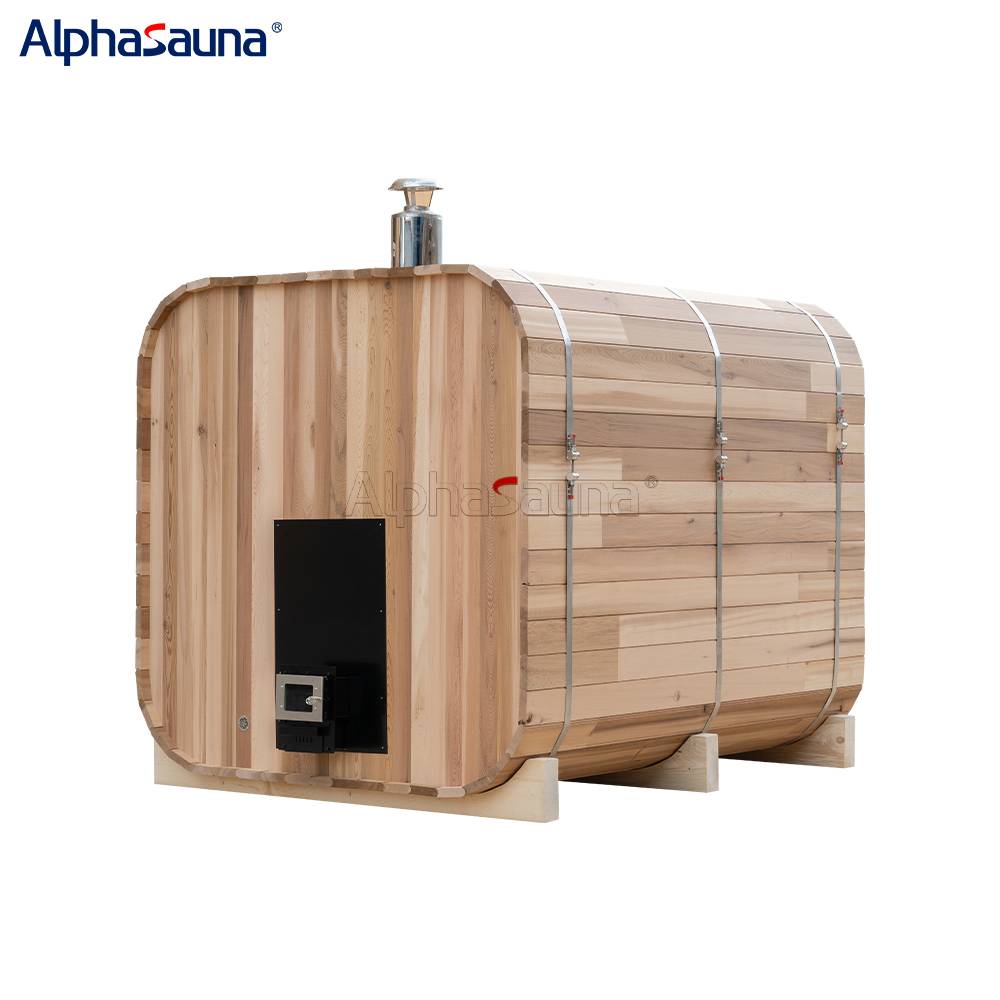Health Benefits Of Sauna: Demystifying The Dangers Of Overuse And Countermeasures
With the increasing awareness of health consciousness, sauna, as a traditional thermal therapy with a long history, has regained attention. Sauna offers numerous health benefits to the human body and serves as an excellent place for relaxation and mood enhancement. However, excessive use of sauna may pose risks to health, potentially exacerbating certain medical conditions. This has sparked discussions regarding the health benefits and risks associated with sauna usage, as well as strategies for mitigating these risks. In this article, we will explore and seek the best solutions.

1. Dehydration:
The high temperature environment of the sauna can cause significant sweating, leading to dehydration if fluids are not replenished promptly.
2. Cardiovascular Issues:
Prolonged exposure to high temperatures can increase the burden on the heart, potentially triggering cardiovascular problems, especially among individuals with existing cardiovascular conditions.
3. Hypotension:
The high temperature environment of the sauna can cause blood vessels to dilate, resulting in lowered blood pressure, which may lead to dizziness, nausea, or even fainting.
4. Electrolyte Imbalance:
Excessive sweating in the sauna can lead to fluid loss, potentially causing electrolyte imbalances that affect bodily functions, particularly those of the heart and nervous system.
5. Heatstroke:
Prolonged exposure to the high temperatures of the sauna can cause the body to overheat, leading to heat-related illnesses such as heat exhaustion or heatstroke, causing serious harm to the body.
In summary, excessive sauna use can easily cause harm to the body and lead to various discomforts. Therefore, it is important to schedule sauna sessions sensibly and avoid excessive use to prevent adverse effects on the body.

Policies To Avoid Overuse Of Saunas:
1. Proper Scheduling Of Sauna Sessions:
Typically, sauna sessions last between 20 to 30 minutes, although some individuals with higher tolerance to high temperatures may extend their sessions to 30 to 50 minutes. Therefore, it's important to schedule sauna sessions according to one's own physical condition and tolerance to temperature to ensure that the duration of sauna use does not cause harm to the body.
2. Installation Of Systems:
Installing temperature and humidity control systems in the sauna room can provide real-time monitoring of the sauna environment's safety parameters. Additionally, setting the sauna duration beforehand and using reminders such as alarms can prevent prolonged sauna sessions that may lead to discomfort.
3. Medical Guidance:
For individuals with cardiovascular diseases, hypotension, respiratory conditions, or other health issues, seeking advice from medical professionals can ensure that sauna use is moderate and enhance its safety and effectiveness.
4. Guidance From Professionals:
For first-time sauna users, consulting with or seeking guidance from professionals can prevent potential harm or overuse of the sauna, ensuring safe and beneficial usage.
5. Avoiding Excessive Use:
Frequent sauna use can also have negative effects on the body. Generally, one to three sauna sessions per week are sufficient to avoid harm and discomfort caused by excessive use.In conclusion, referring to and adopting the aspects mentioned above can help reduce the risks associated with excessive sauna use. Seeking advice from professionals or medical professionals is advisable to ensure the safety and effectiveness of sauna usage.

Answers To Questions About The Effects Of Saunas On Some Symptoms
1、Is Sauna Good For Herniated Disc?
In general, sauna therapy has a certain auxiliary effect on lumbar disc herniation, as it can help alleviate some discomfort associated with lumbar disc herniation, but it does not directly treat the condition.
(1) Relieving Muscle Tension:
The high temperature environment of the sauna helps to relax both body and muscles, thereby alleviating muscle tension and pain to a certain extent, which can help relieve the pain associated with lumbar disc herniation.
(2) Relaxing Body And Mind:
The high temperature environment of the sauna allows individuals to relax mentally and physically, easing tension and stress, which can help alleviate the tension and stress caused by lumbar disc herniation. Relaxing one's mood can aid in alleviating lumbar disc herniation.
(3) Promoting Blood Circulation:
The high temperature environment of the sauna causes blood vessels to dilate, increasing blood flow and promoting circulation. This aids in the transportation of more oxygen and nutrients, which can facilitate the recovery from lumbar disc herniation.
At the same time, sauna use may cause discomfort, potentially exacerbating lumbar disc herniation, hence it's important to be mindful of its potential effects.
(4)Control Duration:
Prolonged exposure to the high temperature environment of the sauna may induce discomfort, exacerbating the pain associated with lumbar disc herniation. Therefore, it's necessary to control the duration of sauna sessions to avoid adverse effects on the body. Typically, sauna sessions last between 15 to 30 minutes, with adjustments based on individual preferences and temperature tolerance.
(5) Control Temperature:
Excessive heat may worsen discomfort or lead to other adverse effects, thus it's crucial to regulate the
temperature to prevent it from becoming too high.
(6)Use Sauna Appropriately:
Frequent sauna use may negatively impact spinal health and overall well-being, potentially worsening symptoms of lumbar disc herniation. Therefore, it's important to control the frequency of sauna sessions and use them appropriately. Generally, one to three sauna sessions per week are recommended.
(7)Follow Medical Advice:
Before using the sauna, seeking medical advice is advisable. Healthcare professionals can assess your symptoms and condition to determine whether sauna use is safe and effective, ensuring its suitability for you.In summary, sauna therapy may offer certain benefits for lumbar disc herniation, but it's crucial to engage in it correctly and moderately. Additionally, following medical advice is essential to ensure the safety and effectiveness of sauna use and to prevent exacerbation of symptoms associated with lumbar disc herniation.

2、Can I Use A Sauna With Atrial Fibrillation?
Atrial fibrillation (AFib) is typically a cardiac condition caused by an irregular heartbeat, which requires avoiding strenuous activities. It's not advisable for individuals with AFib to engage in sauna sessions, as sauna use may have an impact on AFib. The high temperature environment of a sauna can lead to elevated body temperature and lowered blood pressure, exerting pressure on the heart. This increased cardiac burden can potentially exacerbate arrhythmias or other cardiac issues, which is unfavorable for AFib patients. Additionally, the sauna's high temperature environment can cause excessive sweating, leading to dehydration, which can affect the heart. However, the specific effects and impacts may vary depending on individual constitution. Some AFib patients may not experience any adverse effects after sauna use, while others may experience worsening symptoms and discomfort. Therefore, it's best to consult a doctor before using the sauna to ensure its safety and effectiveness. Doctors will assess your personal situation, severity of the condition, and other factors to determine whether sauna use is suitable for you.

Health Benefits of Alphasauna
Sauna can help relax the body, improve overall health, alleviate fatigue, reduce stress and anxiety, relieve muscle pain and tension, and promote
blood circulation. While sauna offers many potential health benefits, it's important to pay attention to its usage methods, duration,
and frequency to ensure safety and effectiveness.
Our Alphasauna provides fully equipped sauna rooms to enhance the sauna experience and benefits for users' bodies. We offer a variety of
sauna room types, including outdoor traditional saunas, indoor infrared saunas, and barrel saunas for two to three people, among others.
These sauna rooms are constructed using high-quality materials, advanced technology, and unique styles to ensure quality. Our range
of sauna room types offers users diverse choices, with some sauna rooms customizable in type and size, and even offering personalized
logos to create a sauna space with an exclusive touch.
In addition to sauna rooms, we also manufacture and sell sauna accessories to enhance the sauna experience and comfort. Adding sauna accessories
to the sauna room can improve the sauna experience and create a comfortable and relaxing sauna environment.













